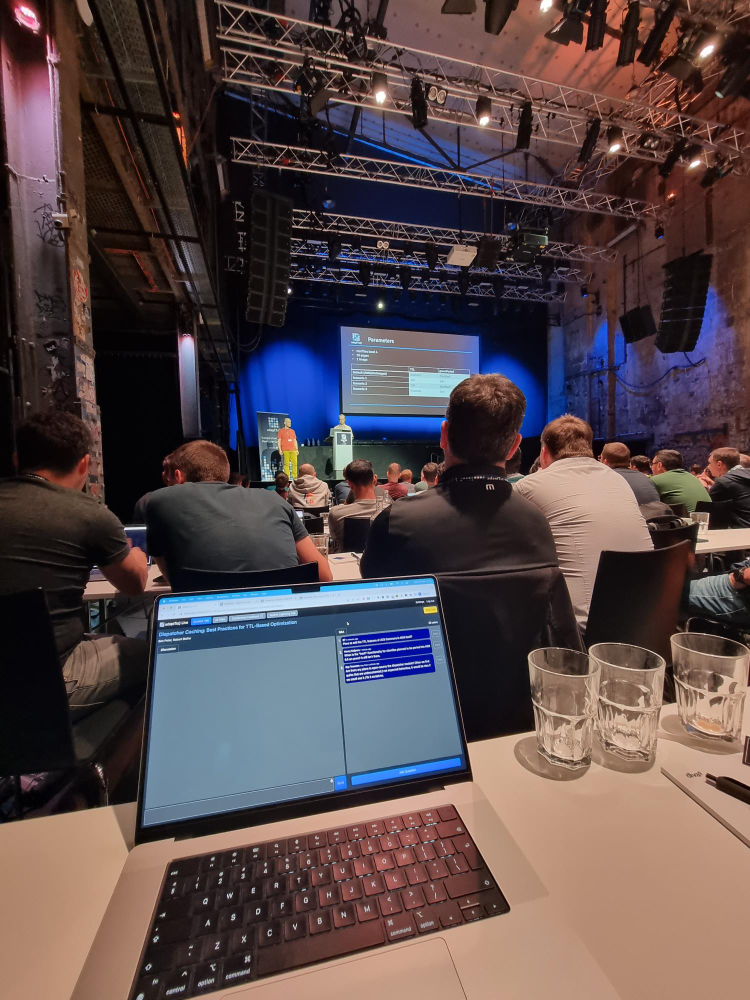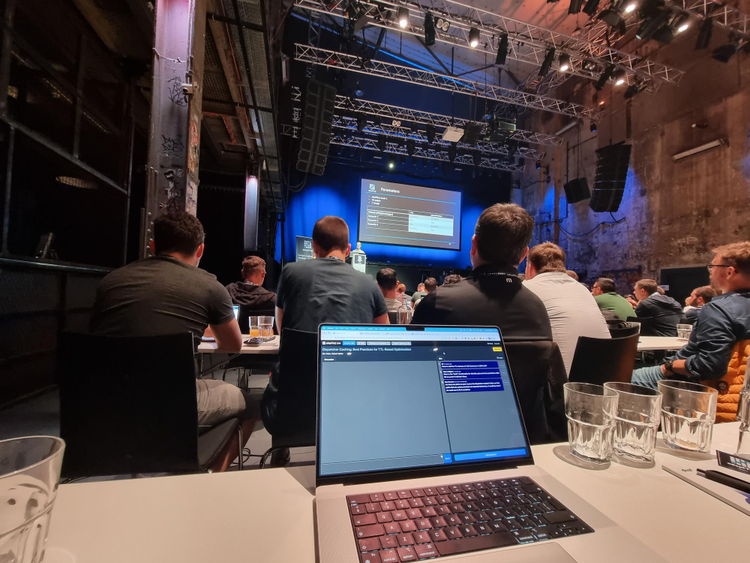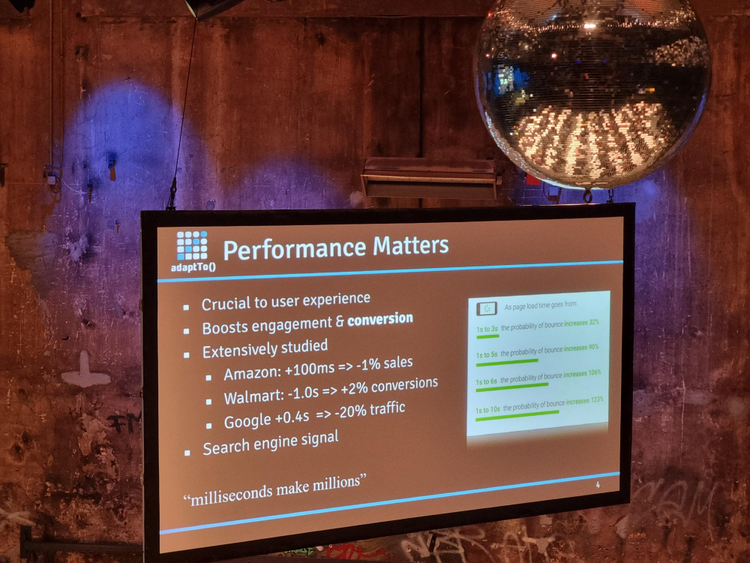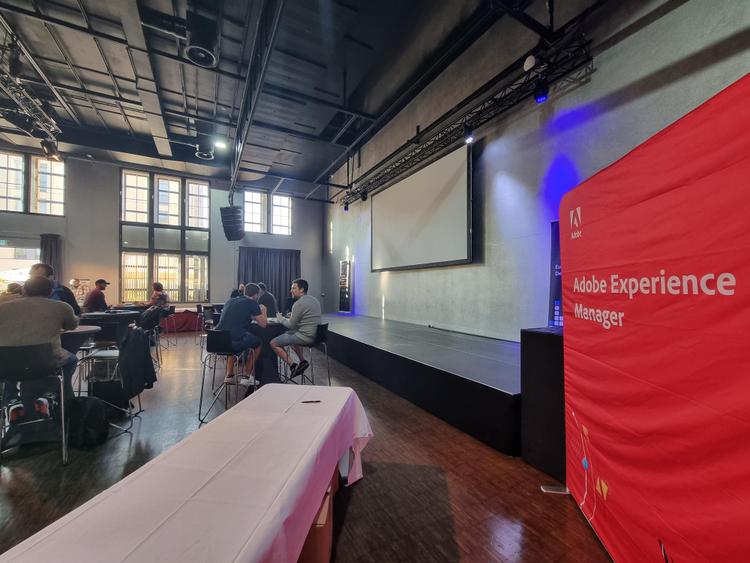AEM latest innovations adaptTo() 2023
Attending the adaptTo() conference, Europe's leading AEM Developer Conference offers a unique opportunity to dive deep into the latest trends, technologies, and best practices shaping the Adobe Experience Manager ecosystem.
The first day started with an update of the Core Components and what has been achieved lately by Adobe in this matter.
What are Core Components?
Core Components are reusable building blocks used to create content on a page, which cover common web use cases.
After the Core Components talk, we were presented with some interesting topics about the latest Headless innovations, like a Universal Editor which allows you to edit anything in place, and the comparison of different approaches, e.g. GraphQL vs REST API vs wcm.io Site API. For the AEM as a Cloud service, some innovative developments were the creation of Rapid Development Environments, which drastically reduce the turn-around times during development and can be automated for CI/CD pipelines.

As an AEM developer, you face tough moments where you try to decipher what could have gone wrong or where the issue might come from. In this case, the strange thing was that essential properties had mysteriously vanished, even though the JCR level remained unchanged, and there were no recent deployments. After a brief brush, the issue vanished, leading to the assumption that it was a one-off glitch. However, the issue reappeared challenging every debugging attempt. The presentation seemed less of a tech talk and more like a mini thriller and this session revealed that sometimes struggle is inevitable with AEM but with good communication and patience, solutions will come.
At the end of the day, the story of a 10-year-old company with out-of-the-box thinking was shown to us. WebSight DXP’s event-driven architecture aims to create a more agile and responsive digital experience platform, compared to only focusing on content.

One of the last topics was about Tenant-specific vanity URLs with AEM. Although AEM can manage lots of domains with one instance, the issue is that vanity URLs are not tenant-specific but global for all domains. An issue with the Sling framework was pinpointed, more specifically the usage of a property without context. This talk was another practical use case where we could manage vanity URLs with multiple domains.
The evening event at the conference transitioned from technical sessions to a more relaxed setting of dinner and networking, enjoying some delicious menus with fewer programming topics.

Another interesting topic was about using marketing technology without sacrificing performance. Based on the speaker’s findings, they explained how Edge Delivery Services, Adobe WebSDK, and Experimentation could support us with our objectives. Because everybody wants a fast-loading and smooth-functioning website, right?
The next topic was a more practical one about improving backend performance by writing performant code, with basic examples that aren’t talked about enough while doing Java development in AEM. Some statistics were presented which pinpointed the difference that writing performant backend code could make and showed common mistakes that are made, but often ignored.


